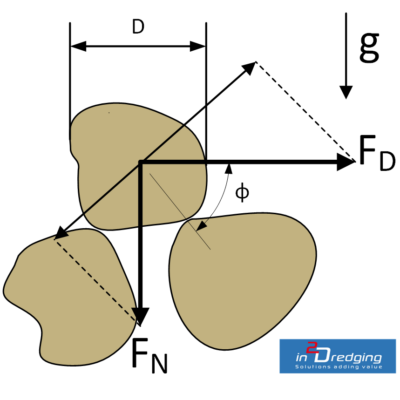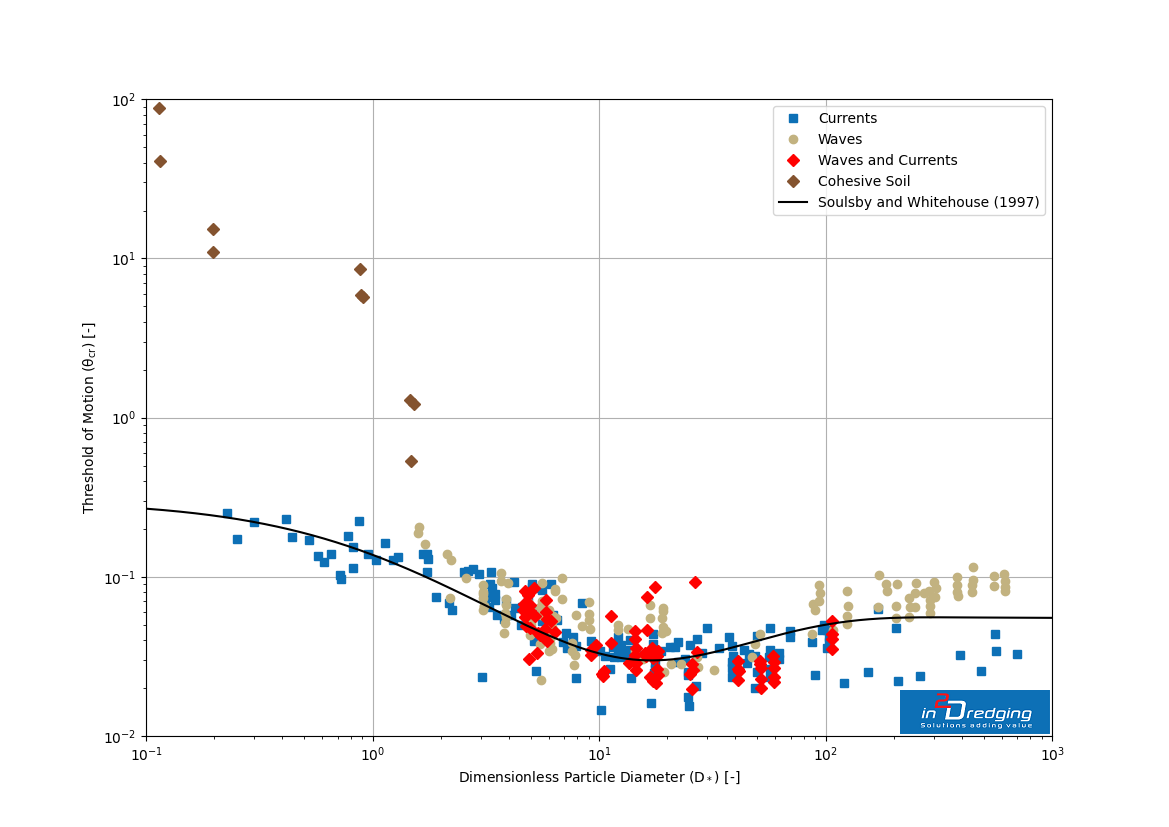The Subsea Soil Stability (SSS) tool was created to assess the stability of soil placed underwater rapidly and robustly. This is an engineering question often raised during a dredging project that is not always easily answered. The SSS tool can assess soil stability in any environmental condition and determine the minimal soil requirements for stability.
Our clients call on us to:
- Assess risks on destabilising (trench) slopes and batters
- Assess stability of spoils in offshore spoil ground and determine the minimal water depth to keep dredged material stable
- Specify requirements for confining spoils
- Review engineering work
- Verify and support claims
Since soil-water interaction is a specialised field even for coastal engineers, our off-the-shelf tool is fit for purpose, allowing us to quickly provide advice at an early stage. As a small consultancy, we are eager to provide practical solutions for the most complex coastal processes.
The stability of soil underwater can be determined when the soil and environmental conditions are known.

Environmental Conditions
Environmental or wave and current conditions together are often referred to as ‘combined bed shear stress’, which could exceed the threshold of motion. The size of the current must be known in order to define the size, probability and directionality of a steady current. For the wave, the height and period are used to create a wave spectrum, which is then used to calculate the bottom orbital motion.
Soil Conditions
Soil conditions can be determined by measuring and testing. It is best to measure the threshold shear stress of cohesive soils directly because the empirical relation between the threshold of motion and the cohesive soil parameter is still quite rough, only allowing for conservative assessments and resulting in more cohesive soils than required. Some empirical relations exist, which are best used in the conceptual or early stages of design when the engineering is less definitive. The results of the particle size distribution are typically sufficient to determine the threshold of motion for non-cohesive soils.

